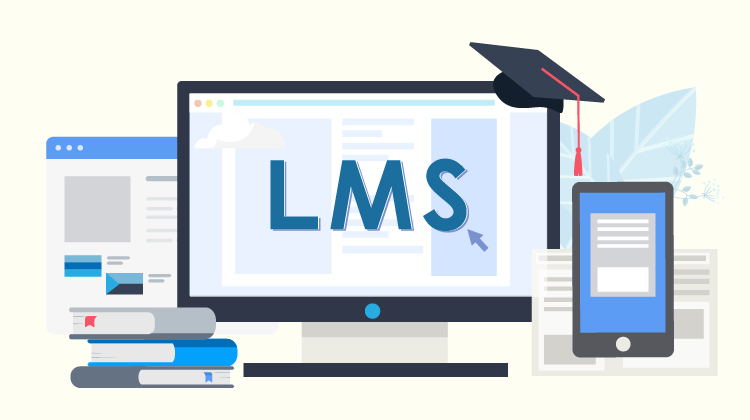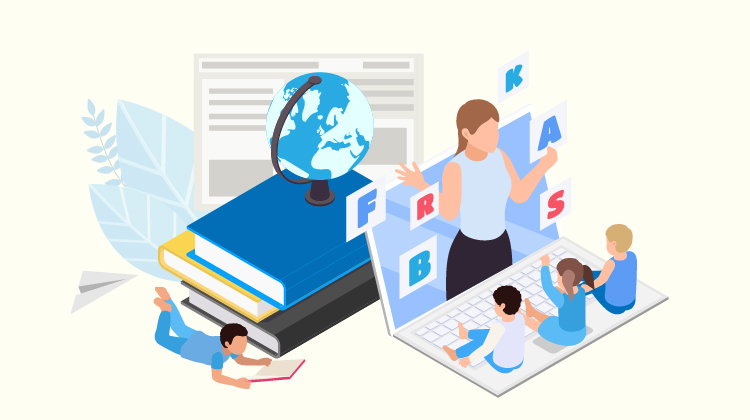Year after year, technology is changing the way people live, including the way we learn. Traditional education is not the best fit for everyone: the ratio of teachers to students is low, and one teacher needs to cater to a classroom full of students, each with different personalities, capabilities, and learning styles. Teachers always want their students to excel, but with these limitations, it is hard for all students to receive the best quality education for them. Here’s where technology comes in, bringing forth a new learning method called adaptive learning.
Adaptive learning is a technology-facilitated educational approach, utilizing algorithms or AI to personalize and adapt teaching materials to fit the capabilities of the student. We’ll discuss some of the real-life use cases of adaptive learning, including the utilization of Learning Management Systems (LMSs), distance learning, and learning gamification.
Learning Management Systems (LMS)

One way that adaptive learning supports education is through the use of Learning Management Systems (LMSs) where learning materials, assignments, assessments, and progress can be tracked and checked by both the instructor and student. LMSs are similar to the online learning platforms that began to be widely used in educational institutions from the mid-2000s to 2010s, except when incorporating adaptive learning concepts, LMSs become smarter because they can assess students’ skills and progress through data analysis and algorithms, effectively pinpointing what the student knows and doesn’t know, then help to strengthen their weaknesses. With learning materials adapted to each student’s skill level, students can learn in a way that caters to their learning needs, increase learning efficiency, and heightens their sense of achievement.
Distance Learning

In the same way that LMSs integrate adaptive learning, distance learning platforms can also be optimized through the concept with an emphasis on teaching and learning in remote settings. Because instructors are not in the same physical space as the student, the distance learning platform plays an integral role in the student’s education. Particularly on distance learning platforms, students are often given an assessment at the beginning of the course so the platform will then be able to analyze the student's strengths and weaknesses, giving both instructors and students more information on what a student needs in their learning process. Also, in distance learning environments, the delivery of teaching content must also be done online by means of instructional videos or video calls, with videos being more convenient and reusable while video calls offer students a chance for deeper interaction with instructors and classmates. Both creating instructional videos and video calling requires a learning-oriented camera and microphone. Among them, a camera will decide the quality of the video or video calls, so, that's why the selection of cameras play an integral role in distance learning. Here are some tips for choosing the right technology for distance learning.
Gamified Learning

When incorporating adaptive learning concepts, gamified learning is also a great way to motivate students and enhance the learning experience. Currently, language learning app Duolingo and other learning apps use a game-like system to motivate students to earn points, achieve daily learning streaks, revisit concepts they are less familiar with, and offer explained solutions to students. Gamified learning also divides learning into small, digestible chunks, enabling students to learn whenever they can and allowing them to feel accomplished and satisfied with their learning.
Everyone Deserves Personalized Learning
Adaptive learning personalizes education for everyone through a variety of applications in many different contexts like LMSs, distance learning, and gamified learning. Through these applications, we can all benefit from how learning can be so personalized, flexible, convenient, and even fun! We look forward to the different ways that adaptive learning can enrich the educational landscape, allowing more people to experience education with less stress and more gratification.